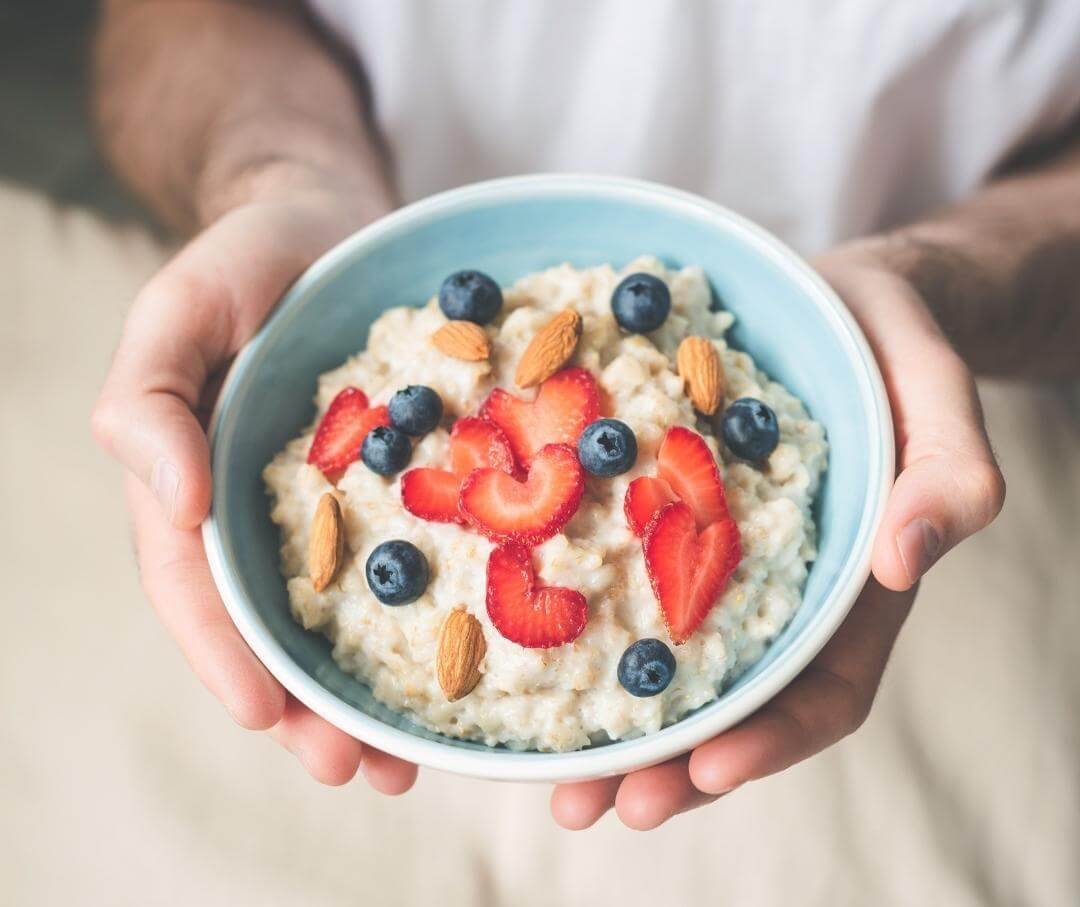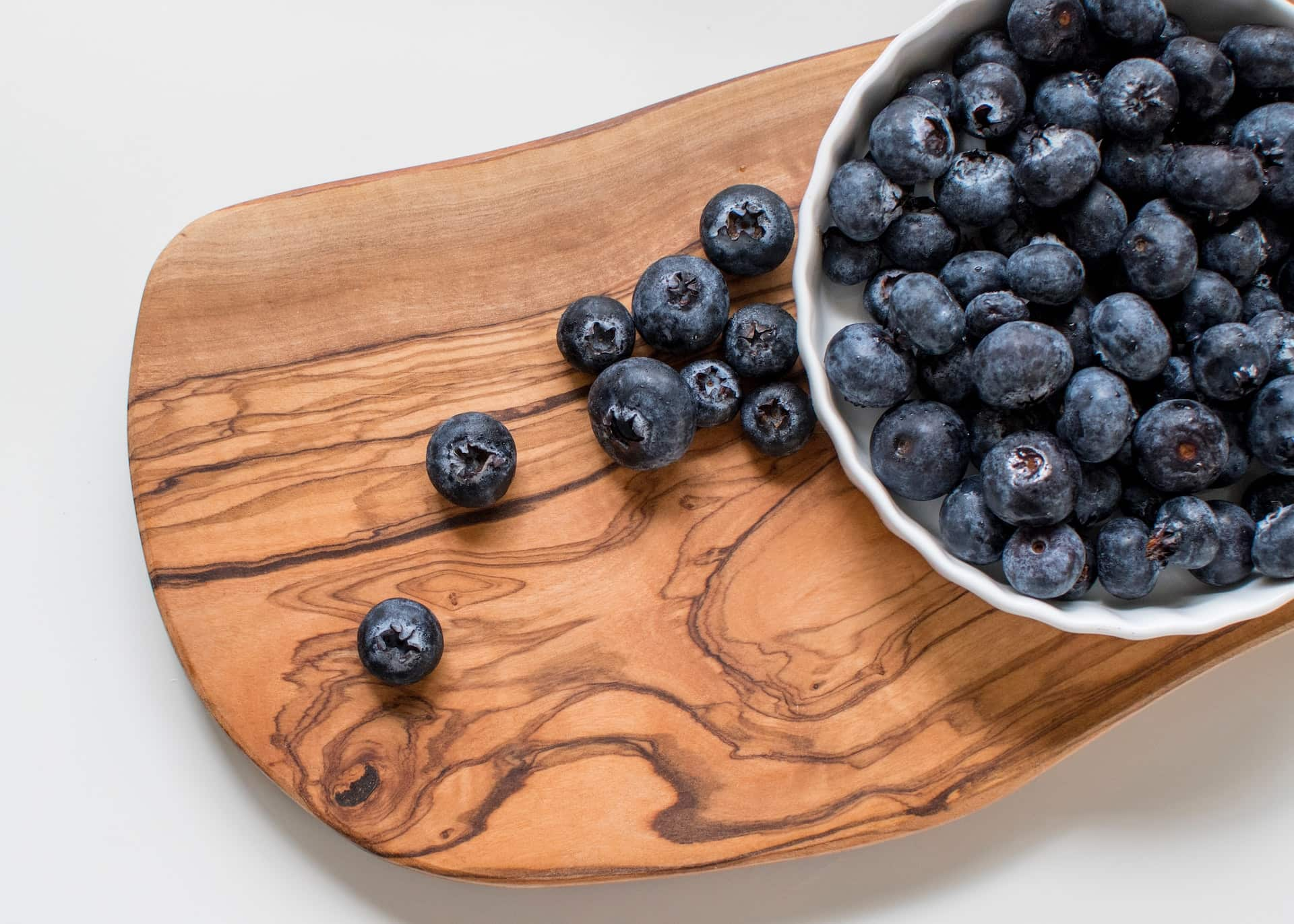Tapioca's rise to fame in the Western world has been primarily driven by the fact that it has no gluten and is versatile in cooking and baking. It has also recently become popular as a gluten-free alternative to wheat and other grains.
Taopica is sold as flour, flakes, or pearls. It is relatively low in nutritional value and consists of almost pure carbohydrates and very little protein, fiber, or other nutrients.
This article will explore tapioca's nutritional value, potential health benefits, and drawbacks.
What Exactly is Tapioca?
Tapioca is a gluten-free starch that has a neutral taste. It is often used as a thickening agent or binder in cooking and baking.
Tapioca is most commonly known for its use as tapioca pearls, which are small, translucent balls made from tapioca starch. These pearls are often used in bubble/boba tea, a popular drink that originated in Taiwan and has since gained popularity in many parts of the world. Bubble tea typically consists of a tea base, milk, sugar, and tapioca pearls.
Aside from tapioca pearls, tapioca flour is commonly used as a gluten-free alternative to wheat flour. It can be used to make bread, pancakes, and other baked goods.
Another popular way to consume tapioca is tapioca pudding, a dessert made from tapioca pearls, milk, sugar, and sometimes eggs.
{{mid-cta}}
Where Does Tapioca Come From?
Tapioca comes from the roots of the cassava plant, a tuber also known as yucca or manioc, which is native to South America. The root vegetable is now widely grown in tropical and subtropical regions of Africa, Asia, and South America.
What is Tapioca Made of?
The cassava root is first grated or ground into a fine pulp to make tapioca. The pulp is then squeezed to remove the liquid, leaving behind a starchy residue. This residue is then processed into various forms of tapioca.
What is Tapioca Starch?
The production process of tapioca varies depending on the location, but it always involves extracting starchy liquid from ground cassava root.
After the starchy liquid is extracted, the water evaporates, leaving behind a fine tapioca powder. This powder is then processed into flakes, sticks, or pearls. The dehydrated flakes, sticks, and pearls must be soaked or boiled before consumption. This causes them to become swollen and translucent.
Tapioca flour and cassava flour are often confused with each other; tapioca is the starchy liquid extracted from the ground cassava root, while cassava flour is simply ground cassava root.
Tapioca vs. Rice Pudding: What’s the Difference?
Tapioca pudding and rice pudding are both classic desserts. While they share some similarities, there are distinct differences between the two. Tapioca pudding is made with tapioca pearls, which are derived from cassava root, while rice pudding is made with rice.
Tapioca pearls are chewy and translucent when cooked, while rice pudding has a creamy texture and a mild flavor. Regarding nutritional value, tapioca, and rice pudding are high in carbohydrates and calories, but tapioca pudding is typically lower in fat than rice pudding.
Tapioca pudding and rice pudding are both gluten-free, making either a good option for those with celiac disease or gluten intolerance.
Tapioca Nutritional Value
Tapioca is a starchy food high in carbohydrates and low in other nutrients. Here are the nutritional facts for 100 grams of raw tapioca:
- Calories: 358
- Carbohydrates: 88 grams
- Protein: 0.2 grams
- Fat: 0.1 grams
- Fiber: 0.9 grams
- Sugar: 3 grams
- Glycemic index: 70 (high)
Tapioca is also a source of iron and calcium, with 100 grams providing approximately 13% and 2% of the daily value, respectively. However, it is low in other essential nutrients such as vitamins, minerals, and protein.1,2
The nutritional value of tapioca may vary depending on the type and preparation method, for instance, whether it's boiled or fried.
Potential Benefits of Tapioca
The resistant starch in cassava may offer some health benefits due to its nutrient content. Here are some potential health benefits of tapioca:
1. May improve digestive health
Resistant starch acts as a prebiotic and can help promote the growth of beneficial gut bacteria. This may help improve digestion and reduce the risk of certain digestive disorders.3,4
2. May help regulate blood sugar levels
Resistant starch is also shown to lower blood sugar levels after meals, improve glucose and insulin metabolism, and increase satiety.5
3. Good for restricted diets
Since tapioca is naturally free of grains and gluten, it may be a suitable replacement for wheat- or corn-based products. For example, it can be used as flour in baking and cooking or as a thickener in soups or sauces.
You may want to combine it with other flours or use a gluten-free baking blend containing tapioca to increase the nutrients.
4. May support heart health
Tapioca is low in saturated fat and sodium and contains small amounts of potassium, which may help regulate blood pressure and reduce the risk of heart disease.6
Cassava root is a source of natural resistant starch. However, tapioca obtained from the cassava root has a lower content of natural resistant starch. This is likely due to processing.
There isn’t much research on the health benefits of chemically modified resistant starches versus natural resistant starches.
Additionally, because of tapioca’s low nutrient content, it’s probably more beneficial to consume resistant starch from other foods instead, such as cooked and cooled potatoes or rice, legumes, and green bananas.

Possible Downsides of Tapioca
When processed properly, tapioca does not seem to have many negative health effects. Most negative health effects come from consuming poorly processed cassava root. Here are some potential downsides of consuming tapioca:
- Calorie-dense, low in nutrients
Tapioca is pure starch, high in calories, and low in nutrients. It can be included as part of a balanced healthy diet, but it doesn’t provide much nutritional value beyond carbohydrates.
- May cause poisoning
Cassava root naturally contains a toxic compound called linamarin. This is converted into hydrogen cyanide in your body and may cause cyanide poisoning.7
Ingesting poorly processed cassava root is linked to cyanide poisoning, a paralytic disease called konzo, and even death.8
Commercially produced tapioca generally doesn’t contain harmful levels of linamarin and is safe to consume.
- May spike blood sugar
Tapioca may not be the best choice for people living with diabetes since it is a pure carbohydrate. Combining tapioca with protein or fat may slow digestion and reduce blood sugar spikes.
- May cause allergic reaction
There are few documented cases of allergic reactions to cassava or tapioca. However, people with a latex allergy may experience allergic reactions due to cross-reactivity. That means your body mistakes cassava compounds for latex allergens, causing an allergic reaction. This is also known as the latex-fruit syndrome.9
How to Prepare Tapioca at Home
Whether you have tapioca pearls, flour, or want to make a refreshing bubble tea, there are many delicious ways to enjoy this starchy root. In this section, we've gathered some simple recipes to help you prepare tapioca at home, including classic tapioca pudding and fun bubble tea drinks.
Tapioca Pearls
Ingredients:
- 1 cup tapioca pearls
- 6 cups water
Instructions:
- Rinse the tapioca pearls with cold water and drain.
- Bring the water to a boil over high heat in a pot.
- Add the tapioca pearls and stir gently to prevent sticking.
- Reduce the heat to medium and cook for 15-20 minutes, stirring occasionally.
- Once the tapioca pearls are cooked, remove them from the heat and let them cool.
- Rinse the pearls with cold water to remove excess starch and prevent sticking.
You can add fruits, nuts, or seeds to the cooked tapioca pearls to make them more nutritious. You can also use coconut milk instead of water for added flavor and healthy fats.
Tapioca Flour
Tapioca flour is a great gluten-free alternative in cooking. It thickens quickly, has a neutral flavor, and gives sauces, stews, and soups a silky appearance. It can also be used in crusts or flatbreads.
Tapioca flour is often mixed with other flours to improve nutritional value and texture. Some say tapioca flour freezes and thaws better than cornstarch or flour. This may make it more suitable for baked goods intended for later use.
You can find recipes that use tapioca flour here.
Bubble Tea/Boba Tea
Ingredients:
- 1/2 cup tapioca pearls
- 2 black tea bags
- 2 cups water
- 1/2 cup sugar
- 1/2 cup milk
- Ice cubes
Instructions:
- Cook the tapioca pearls according to the instructions above.
- Bring the water to a boil over high heat in a pot.
- Add the tea bags and steep them for three to five minutes.
- Remove the tea bags and add the sugar, stirring until it dissolves.
- Let the tea cool to room temperature.
- In a glass, add a spoonful of cooked tapioca pearls, then pour in the tea.
- Add the milk and ice cubes and stir well.
You can also use honey or maple syrup instead of sugar. To reduce the fat in your tea, use low-fat or skim milk. You can also use plant-based milk if you prefer.

Tapioca Pudding
Ingredients:
- 1/2 cup tapioca pearls
- 2 cups water
- 2 cups milk
- 1/2 cup sugar
- 2 egg yolks
- 1 tsp vanilla extract
Instructions:
- Cook the tapioca pearls according to the instructions above.
- In a pot, combine the cooked tapioca pearls, water, and milk.
- Bring the mixture to a boil over medium heat, stirring constantly.
- Reduce the heat to low and simmer for 15-20 minutes, stirring occasionally.
- In a mixing bowl, whisk the egg yolks and sugar until pale and creamy.
- Slowly add the hot tapioca mixture to the egg yolks, whisking constantly to prevent curdling.
- Return the mixture to the pot and cook over low heat, stirring constantly, for 5-10 minutes, or until the mixture thickens and coats the back of a spoon.
- Remove from heat and stir in the vanilla extract.
- Pour the tapioca pudding into individual bowls and chill in the refrigerator for at least 1 hour.
To make your tapioca pudding more nutritious, you an add fruits, nuts, or seeds to the pudding for added fiber and nutrients.
Bottomline: Is Tapioca Healthy to Eat?
Tapioca is almost pure carbohydrates and is very low in other nutrients. On its own, it has no significant health benefits or negative effects. It may be a useful alternative to flour for people who need to follow a gluten-free or grain-free diet.
Learn More About Healthy Nutrition with Signos’ Expert Advice
Signos is a great resource for expert advice on nutrition and healthy eating. Signos has a team of registered dietitians who compile evidence-based nutrition information to help you improve your health and wellness. Check out the resources here.
Signos CGM empowers you to improve your health by keeping track of your diet, exercise, sleep habits, and blood sugar. Knowledge is power, and a CGM can give you specific information about how your habits affect your health.
Find out if Signos is a good fit for you by taking a quick quiz.
- Item 1
- Item 2
- item 3
Topics discussed in this article:
References
- Kolapo, A. L., & Sanni, M. O. (2009). A comparative evaluation of the macronutrient and micronutrient profiles of soybean-fortified gari and tapioca. Food and nutrition bulletin, 30(1), 90–94. https://doi.org/10.1177/156482650903000110
- Okezie, B. O., & Kosikowski, F. V. (1982). Cassava as a food. Critical reviews in food science and nutrition, 17(3), 259–275. https://doi.org/10.1080/10408398209527349
- Anderson, J. W., Baird, P., Davis, R. H., Ferreri, S., Knudtson, M., Koraym, A., ... & Williams, C. L. (2009). Health benefits of dietary fiber. Nutrition reviews, 67(4), 188-205.
- Wronkowska, M., Soral-Smietana, M., & Biedrzycka, E. (2008). Utilization of resistant starch of native tapioca, corn and waxy corn starches and their retrograded preparations by Bifidobacterium. International journal of food sciences and nutrition, 59(1), 80–87. https://doi.org/10.1080/09637480701663862
- Birt, D. F., Boylston, T., Hendrich, S., Jane, J. L., Hollis, J., Li, L., McClelland, J., Moore, S., Phillips, G. J., Rowling, M., Schalinske, K., Scott, M. P., & Whitley, E. M. (2013). Resistant starch: promise for improving human health. Advances in nutrition (Bethesda, Md.), 4(6), 587–601. https://doi.org/10.3945/an.113.004325
- Hooper, L., Martin, N., Jimoh, O. F., Kirk, C., Foster, E., & Abdelhamid, A. S. (2020). Reduction in saturated fat intake for cardiovascular disease. The Cochrane database of systematic reviews, 5(5), CD011737. https://doi.org/10.1002/14651858.CD011737.pub2
- Tshala-Katumbay, D., Mumba, N., Okitundu, L., Kazadi, K., Banea, M., Tylleskär, T., Boivin, M., & Muyembe-Tamfum, J. J. (2013). Cassava food toxins, konzo disease, and neurodegeneration in sub-Sahara Africans. Neurology, 80(10), 949–951. https://doi.org/10.1212/WNL.0b013e3182840b81
- Aregheore, E. M., & Agunbiade, O. O. (1991). The toxic effects of cassava (manihot esculenta grantz) diets on humans: a review. Veterinary and human toxicology, 33(3), 274–275.
- Wagner, S., & Breiteneder, H. (2002). The latex-fruit syndrome. Biochemical Society transactions, 30(Pt 6), 935–940. https://doi.org/10.1042/bst0300935
































